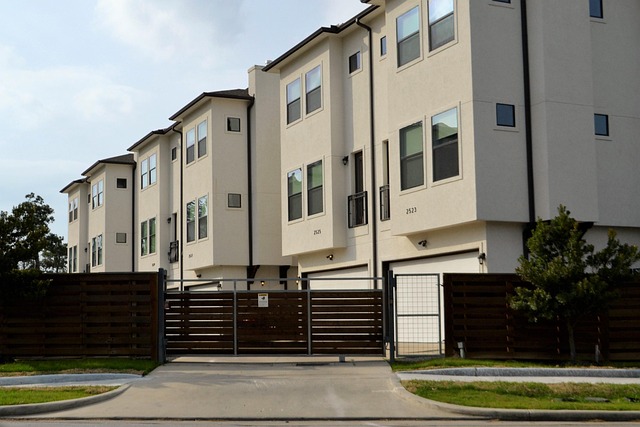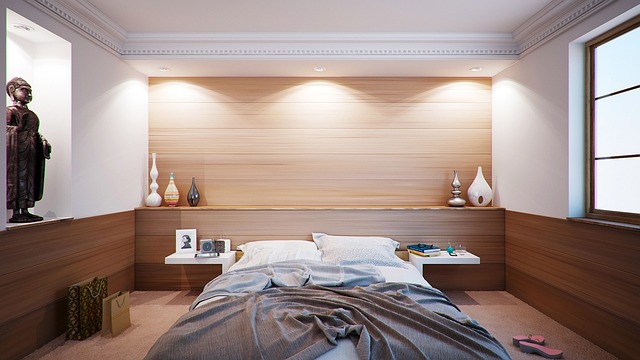Title: Micro-Apartments: The Next Big Thing in Urban Real Estate
Introduction: In the heart of bustling metropolises, a new trend is reshaping the skyline and redefining urban living. Micro-apartments, compact living spaces typically under 400 square feet, are emerging as a innovative solution to housing shortages and soaring real estate prices in major cities worldwide. This pint-sized revolution is not just changing how we live, but also how we invest in and develop urban real estate.

Economic Drivers Behind the Trend
The micro-apartment phenomenon is largely driven by economic factors. In major cities, where land is scarce and demand for housing is high, these compact units offer an affordable entry point into desirable neighborhoods. For young professionals and students, micro-apartments provide an opportunity to live in prime locations without breaking the bank. From an investor’s perspective, micro-apartments often yield higher returns per square foot compared to traditional units, making them an attractive option in high-value urban markets.
Design Innovations in Micro-Living
The success of micro-apartments hinges on innovative design. Architects and interior designers are pushing the boundaries of space efficiency, creating living areas that are both functional and aesthetically pleasing. Foldable furniture, loft beds, and movable walls are just a few of the creative solutions being employed. Some developments even incorporate shared amenities like communal kitchens, lounges, and work spaces to complement the compact private units, fostering a sense of community among residents.
Regulatory Challenges and Zoning Changes
The rise of micro-apartments has not been without challenges. Many cities have had to revisit their zoning laws and building codes to accommodate these smaller living spaces. Minimum square footage requirements, originally implemented to prevent overcrowding, are being reevaluated in light of changing urban needs. Some cities, recognizing the potential of micro-units to address housing shortages, have begun to create special zoning districts or offer incentives for developers to include micro-apartments in their projects.
Impact on Urban Development and City Planning
Micro-apartments are reshaping urban landscapes and challenging traditional notions of city planning. By increasing population density without expanding the urban footprint, these developments can help combat urban sprawl and reduce transportation needs. However, they also raise questions about long-term livability and the potential for creating transient communities. City planners are grappling with how to balance the need for affordable housing options with concerns about quality of life and neighborhood stability.
Investment Opportunities in the Micro-Market
For real estate investors, micro-apartments represent a unique opportunity. The higher yield per square foot can make these properties particularly attractive in expensive urban markets. However, investing in micro-apartments requires a deep understanding of local regulations, market dynamics, and tenant preferences. Successful investors in this space often focus on locations near universities, business districts, or areas with high concentrations of young professionals. The key is to identify markets where the demand for affordable, centrally-located housing outstrips supply.
The Future of Micro-Living
As urban populations continue to grow and housing affordability remains a pressing issue, micro-apartments are likely to play an increasingly important role in the real estate landscape. We may see further innovations in design, with more emphasis on sustainability and smart home technology. There’s also potential for micro-living concepts to expand beyond residential use, influencing commercial real estate with micro-retail spaces and compact offices.
Conclusion
Micro-apartments represent more than just a trend in urban real estate; they’re a response to changing demographics, economic realities, and lifestyle preferences in our cities. While not without challenges, these compact living spaces offer a creative solution to urban housing shortages and afford opportunities for both residents and investors. As we look to the future of urban development, micro-apartments will undoubtedly continue to shape conversations about how we live, work, and invest in our cities. Whether you’re a potential resident, investor, or urban planner, understanding the micro-apartment phenomenon is crucial for navigating the evolving landscape of urban real estate.





